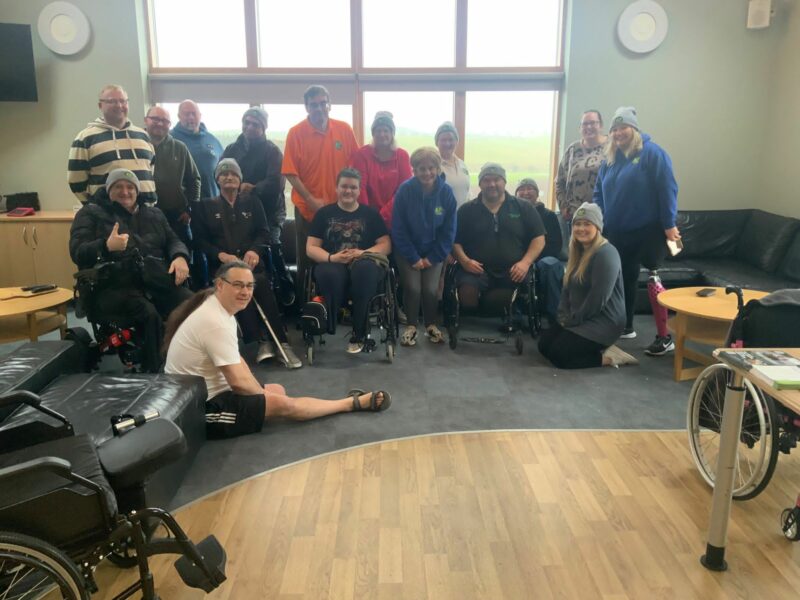
Molly Taylor’s weekend away with Amputation Foundation
Between 10th – 13th March, our colleague, Molly Taylor, travelled to the Bendrigg Trust in the Lake District to take part in the first of this years’ Amputation Foundation adventure weekend.
Amputation
Amputation can have a life changing impact. Access to the right rehabilitation and prosthetic solutions can make a life changing difference. Get in touch to see what we can do to help.

Between 10th – 13th March, our colleague, Molly Taylor, travelled to the Bendrigg Trust in the Lake District to take part in the first of this years’ Amputation Foundation adventure weekend.

At the age of two, Miss X was involved in a head-on collision between two vehicles when the car travelling in the opposite direction had
The type of rehabilitation needed for an amputee depends on several factors, such as the level of amputation, the individual’s overall health, and their goals for recovery. However, here are some common forms of rehabilitation that may be recommended for an amputee:
Physical therapy: Physical therapy is essential for helping an amputee regain their strength, range of motion, and balance. A physical therapist will work with the amputee to design a personalized exercise program that will help them build strength in the remaining limbs and develop compensatory strategies to manage daily activities.
Occupational therapy: Occupational therapy is focused on helping the amputee to learn new skills and techniques to perform activities of daily living. This may include learning how to use prosthetic devices, adapting to new physical limitations, and developing coping strategies to manage emotions related to their amputation.
Prosthetic evaluation and fitting: Many amputees benefit from using prosthetic devices to help them regain mobility and independence. A prosthetist will evaluate the amputee’s needs and fit them with the appropriate prosthetic device, and then work with them to ensure they are using it correctly.
Psychological support: Adjusting to life with an amputation can be challenging, and many amputees experience psychological distress as a result. A mental health professional can help the amputee manage their emotions, develop coping strategies, and address any mental health issues that arise.
Pain management: Chronic pain is common among amputees, and managing it can be a significant challenge. A pain management specialist can help the amputee develop a personalized pain management plan that may include medications, physical therapy, and other techniques.
Rehabilitation claims may be made as part of a personal injury lawsuit, workers’ compensation claim, or insurance claim.
In a personal injury lawsuit, the injured party may seek compensation for their medical expenses, lost wages, and other damages related to the injury, including the costs of rehabilitation. Similarly, in a workers’ compensation claim, an employee who has been injured on the job may seek reimbursement for the costs of rehabilitation to help them return to work.
Yes, there are time limits for making a rehabilitation claim. The time limits vary depending on the type of claim and the circumstances of the case.
For personal injury claims, the general time limit for making a claim is three years from the date of the injury or the date of knowledge of the injury. This means that you must file a claim with the court within three years of the date of the injury, or within three years of the date you became aware of the injury if it was not immediately apparent.







CL Medilaw © 2024